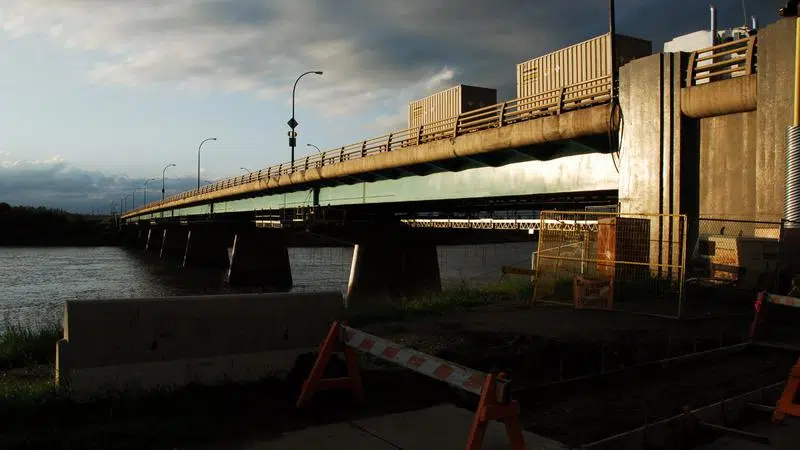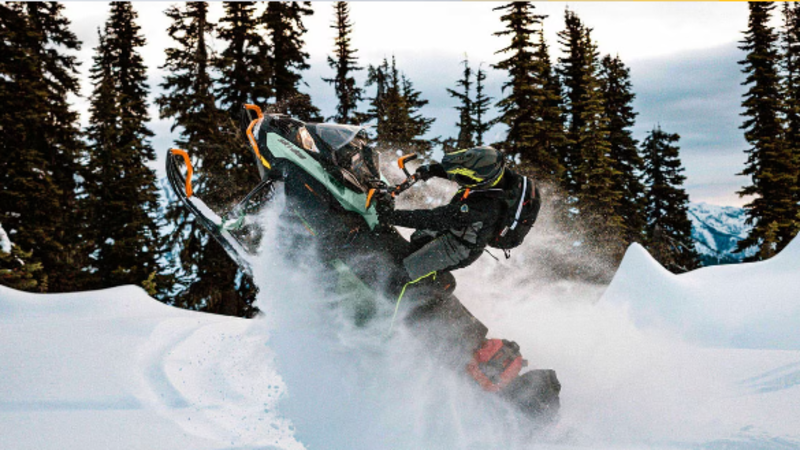
Toll bridge debate: the pros and cons
Not surprisingly the idea of tolling the Diefenbaker Bridge to help raise funds for a much-needed second crossing over the North Saskatchewan River has generated debate around the council table. Some reject the idea outright as another tax while others say there isn’t enough focus on the positives of introducing tolls.
At their regular executive committee meeting on Monday, council discussed a report that shows up to $4.5 million could be made each year if every motorist who uses the bridge were charged a fee. That could range anywhere from 50 cents to $7.50 each way depending on the residential status of the driver and the vehicle type. An estimated 24,000 vehicles crossings are made each day for a total of nine million each year.
Councillor Charlene Miller, who asked for the report on the feasibility of tolling, supports the concept as long as a new bridge is built in a three-way public partnership. She rejects any private involvement.
“A P3 private partnership would make our next generation pay for it, other than the generation right now paying for it which is what I want, “ she told paNOW after the meeting. “That involves the city, province and federal government altogether building a bridge.”


